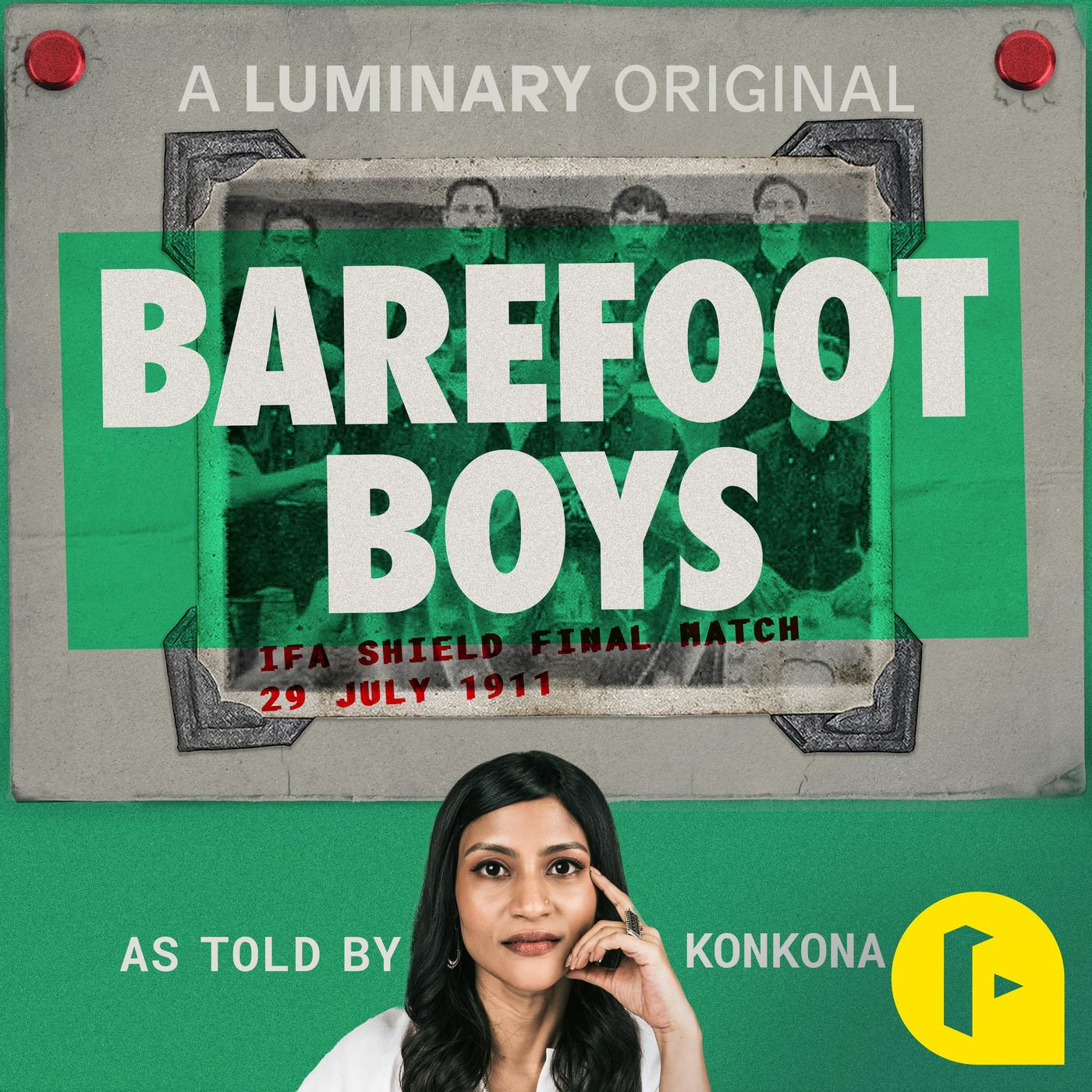

In 1911, just three decades after the sport of football came to India, a group of Bengali men sent shockwaves across the entire British Empire. The Amor Ekadosh, or “Immortal Eleven,” competing in one of the oldest football tournaments in the world, did so without boots on their feet. Unafraid to go toe-to-toe with their colonisers, they showed a country what freedom felt like–long before its citizens were free. Konkona Sen Sharma brings the remarkable story, once erased from history, to life.
Amanda is a wife. A mother. A blogger. A Christian.
A charming, beautiful, bubbly, young woman who lives life to the fullest.
But Amanda is dying, with a secret she doesn’t want anyone to know.
She starts a blog detailing her cancer journey, and becomes an inspiration, touching and
captivating her local community as well as followers all over the world.
Until one day investigative producer Nancy gets an anonymous tip telling her to look at Amanda’s
blog, setting Nancy on an unimaginable road to uncover Amanda’s secret.
Award winning journalist Charlie Webster explores this unbelievable and bizarre, but
all-too-real tale, of a woman from San Jose, California whose secret ripped a family apart and
left a community in shock.
Scamanda is the true story of a woman whose own words held the key to her secret.
New episodes every Monday.
Follow Scamanda on Apple Podcasts, Spotify, or wherever you listen.
Amanda’s blog posts are read by actor Kendall Horn.